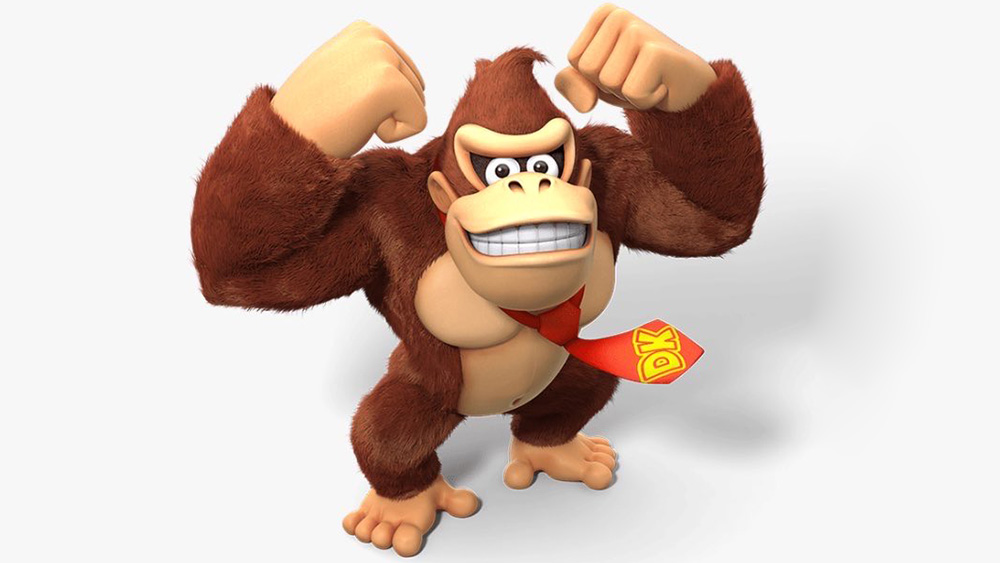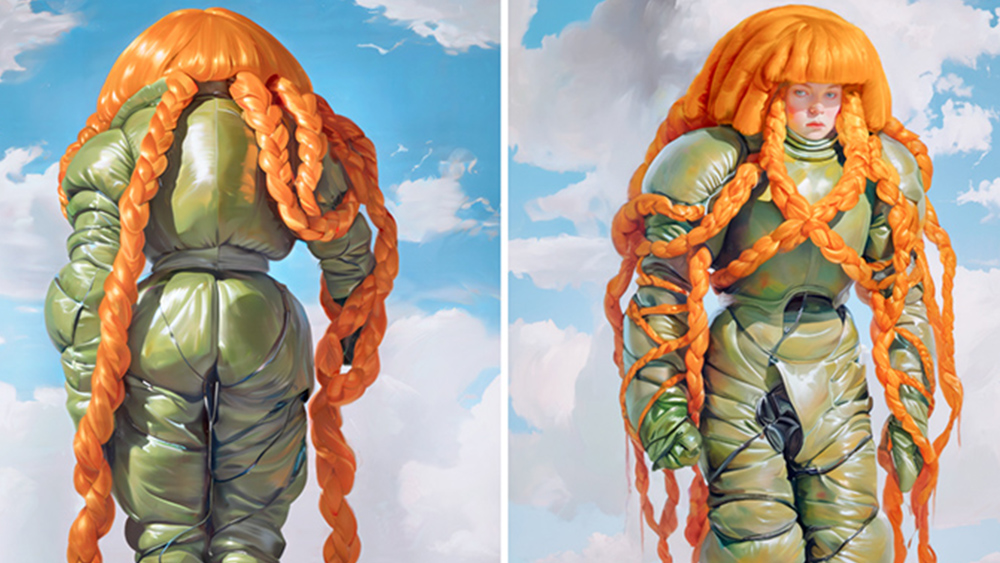
We've already seen auction houses start to flirt with AI art. Last year, the 'autonomous AI artist' Botto made $351,600 at Sotheby's. But Christie's decision to host an entire auction dedicated to AI art this month is sparking a fierce backlash.
The controversy is hardly surprising. Many of today's most popular AI image generators were trained on copyrighted material without permission, and there's also a fear that AI will put artists out of work. But not all AI art is theft. Is this the right fight for those opposed to image generation?
As we see in our piece on the history of AI art, the term is broad and includes art that was created or co-created using an artist or collective's own proprietary algorithms. In these cases, the argument against AI starts to look more like a Luddite reaction than an argument over ethics and intellectual property.
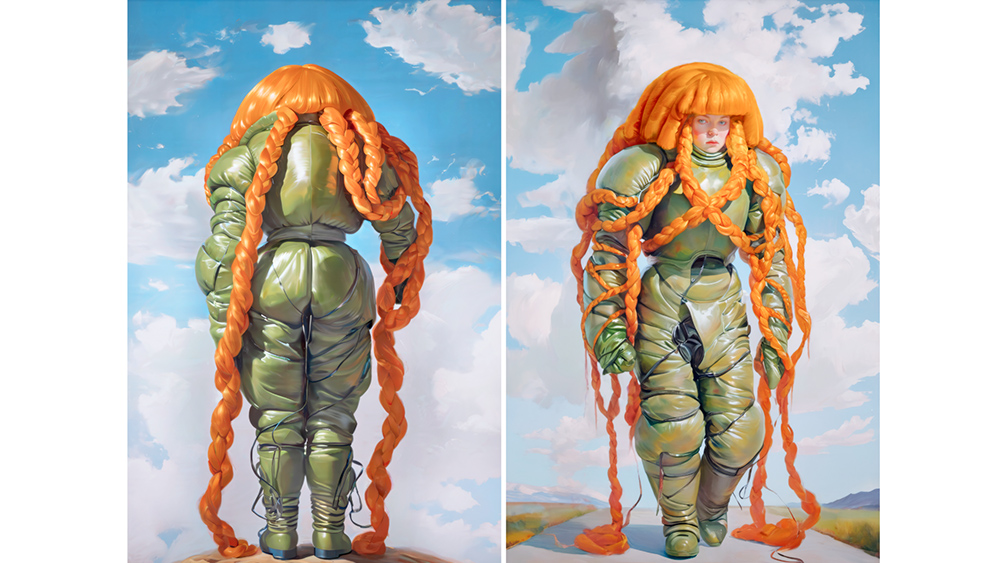
Christie's bills Augmented Intelligence as its first complete auction dedicated to AI art. Running from 20 February to 5 March alongside an exhibition at the Rockefeller Center galleries in New York, it will feature 20 lots, from digital art to sculptures and acrylic and oil paintings. All of the pieces were created via some form of collaboration with artificial intelligence, and price estimates range from just $100 up to $1.7 million.
Pieces include work from data and algorithmic art pioneers like Refik Anadol, founder of the upcoming Dataland AI art museum. His Machine Hallucinations were made with an AI model trained on curated images from NASA’s Mars Reconnaissance Orbiter. Other artists include Sasha Stiles, who works with an algorithmic alter-ego trained on her poetry, and OpenAI's first artist in residence Alexander Reben, whose Untitled Robot Painting blends generative AI with live performance.
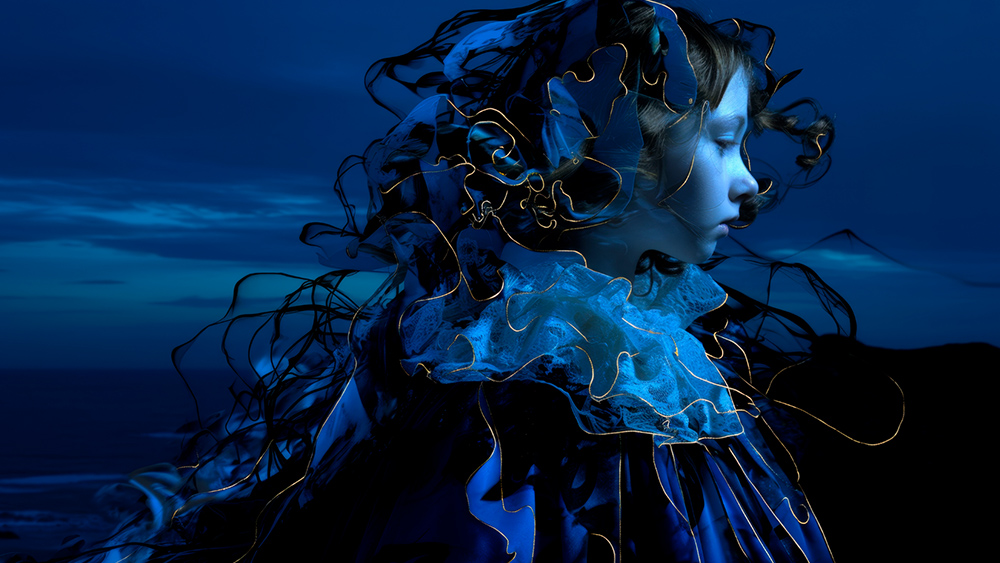
An open letter with more than 3,500 signatures calls for Christie's to cancel the AI art auction. Signed by many artists, the text reads: “Many of the artworks you plan to auction were created using AI models that are known to be trained on copyrighted work without a license. These models, and the companies behind them, exploit human artists, using their work without permission or payment to build commercial AI products that compete with them.”
With a lot of so-called AI art, I would agree with the sentiment completely. But tarring everything with the same brush is oversimplistic. Christie's isn't selling AI slop churned out using a few prompts in Midjourney – and that kind of 'art' is hardly likely to sell at even the lowest prices that auction house is estimating.
Get the Creative Bloq Newsletter
Daily design news, reviews, how-tos and more, as picked by the editors.
A lot of the artists featured in the auction use bespoke algorithms, in many cases trained on their own work. And many of the pieces were collaborations with algorithmic tools rather than pure AI generations, putting them in a long tradition of algorithmic art that dates back to the 1960s.
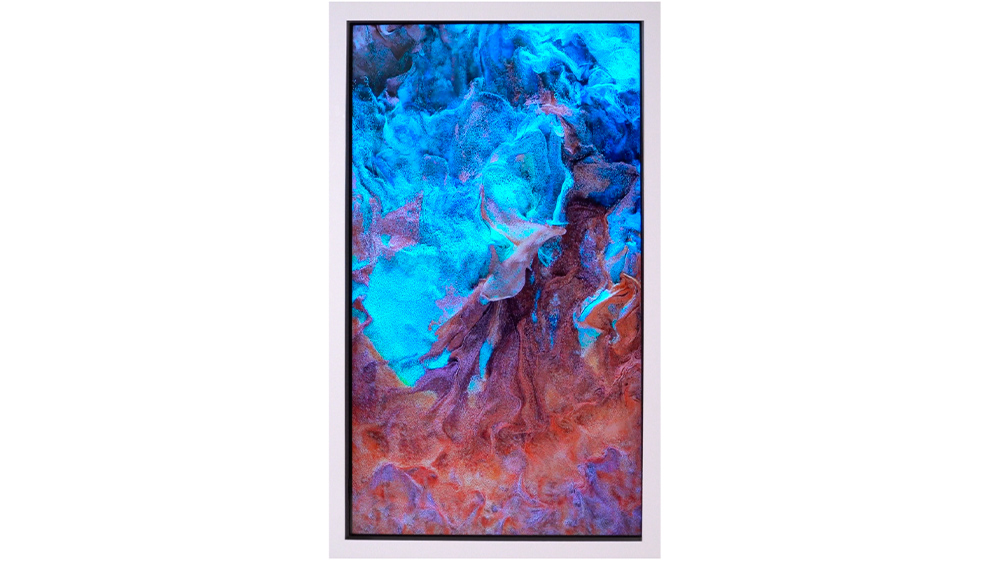
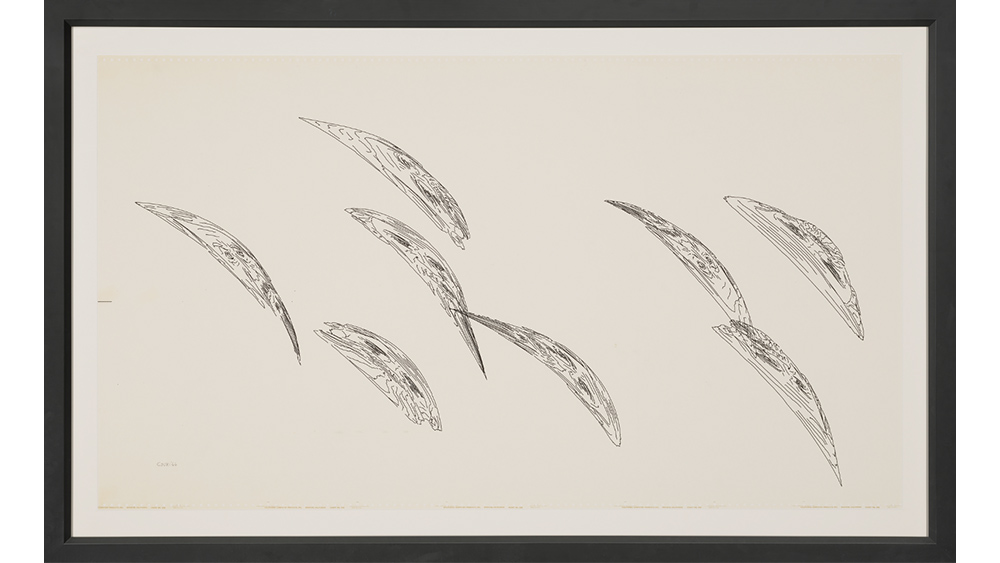
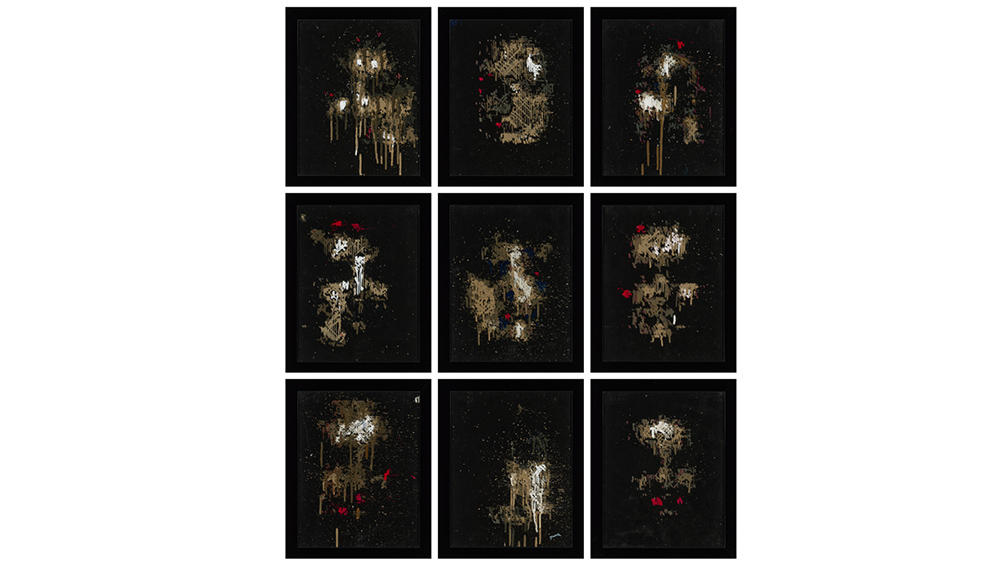
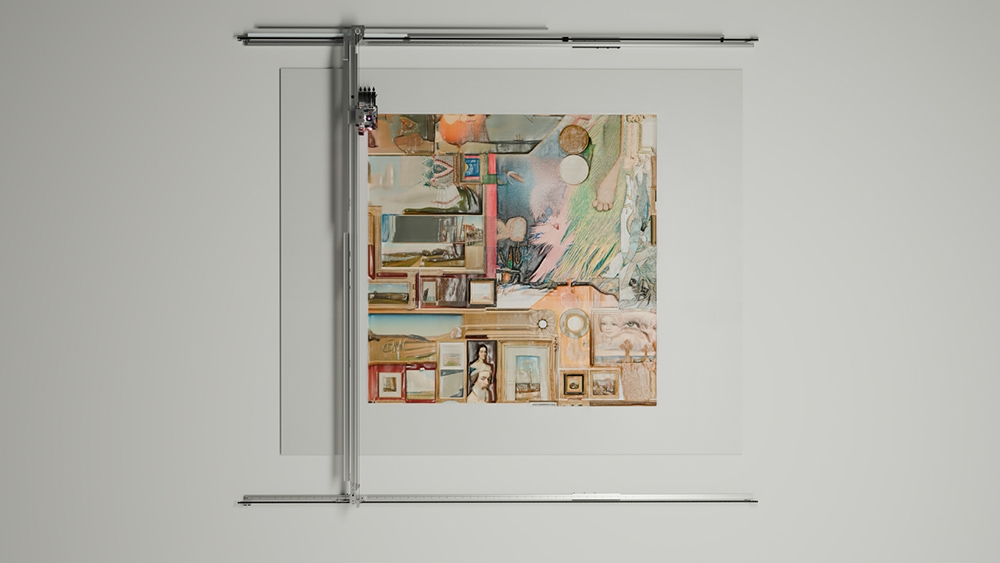
Writing on X, Refik Anadol seemed to find the controversy amusing. "This is so funny :). [The] majority of the artists in the project specifically pushing and using their own datasets + their own models! This is the basic problem of entire art ecosystem, results of lazy critic practices and doomsday hysteria-driven dark minds."
This is so funny :) majority of the artists in the project specifically pushing and using their own datasets + their own models! This is the basic problem of entire art ecosystem, results of lazy critic practices and doomsday hysteria driven dark minds. BUT — future is bright ;) https://t.co/30Yg1hUlePFebruary 8, 2025
Christie's stresses that the artists represented in the sale have strong, existing multidisciplinary art practices, with some of them recognised in leading museum collections. "The works in this auction are using artificial intelligence to enhance their bodies of work and in most cases AI is being employed in a controlled manner, with data trained on the artists’ own inputs," it says.
Nicole Sales Giles, Christie’s director of digital art, says in an announcement of the exhibition: "‘AI is not a substitute for human creativity. It enhances the human spectrum of creativity. It’s about employing technology to push what is possible, exploring what is achievable outside of, but not separate from, human agency.’
The debate caused by the auction shows the continued controversy around AI art, and the strength of opinion against it. Even old-fashioned Photoshop fails now lead to accusations of AI use, as we saw with the recent Fantastic Four poster. But criticising all AI art as if it were made using a tool like Stable Diffusion risks losing support for the fight against unlicensed use of art to train image generators. Meanwhile, the US Copyright Office has shed more light on its stance on AI art copyright.
You can learn more about the auction at Christie's website.

Thank you for reading 5 articles this month* Join now for unlimited access
Enjoy your first month for just £1 / $1 / €1
*Read 5 free articles per month without a subscription

Join now for unlimited access
Try first month for just £1 / $1 / €1

Joe is a regular freelance journalist and editor at Creative Bloq. He writes news, features and buying guides and keeps track of the best equipment and software for creatives, from video editing programs to monitors and accessories. A veteran news writer and photographer, he now works as a project manager at the London and Buenos Aires-based design, production and branding agency Hermana Creatives. There he manages a team of designers, photographers and video editors who specialise in producing visual content and design assets for the hospitality sector. He also dances Argentine tango.
You must confirm your public display name before commenting
Please logout and then login again, you will then be prompted to enter your display name.
